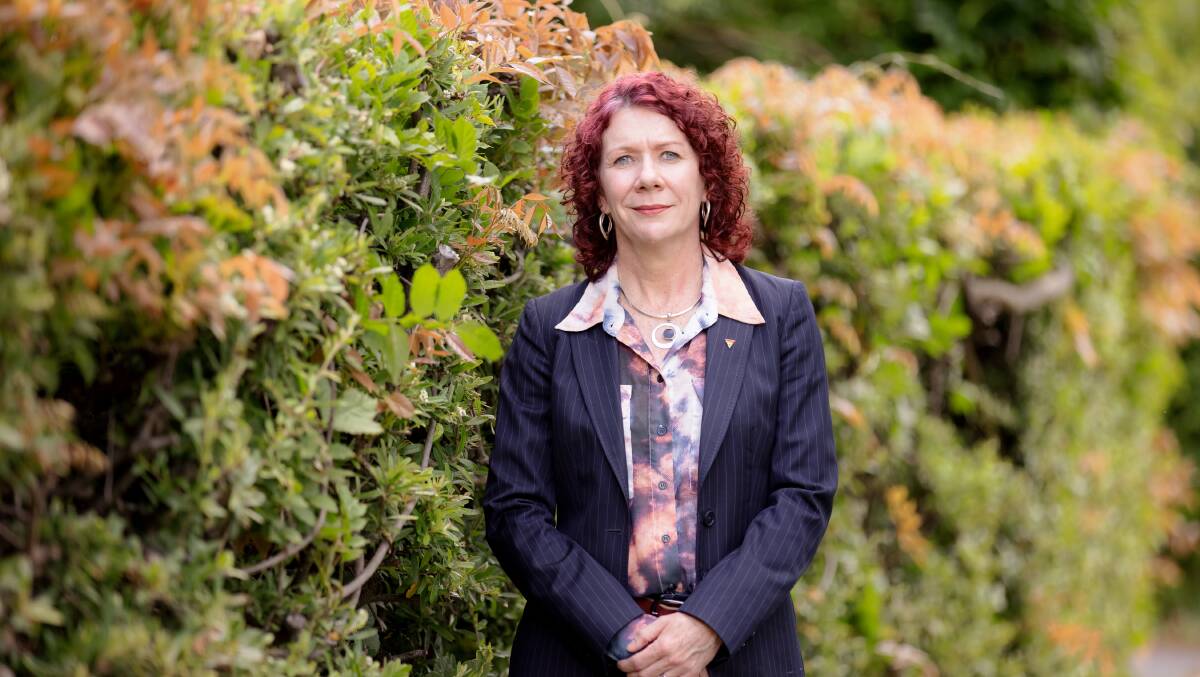
If you are a woman who has experienced sexual assault or if you have a disability, you are far more likely to have been sexually harassed than the rest of the population, a new report into sexual harassment reveals.
Subscribe now for unlimited access.
$0/
(min cost $0)
or signup to continue reading
It's the same if you are young. About three-quarters of women who witnessed violence towards a parent by a partner before the age of 15 have also experienced sexual harassment. If women have been physically or sexually abused before 15, that figure spikes to 85 per cent.
The ACT Commissioner for Children and Young People, Jodie Griffiths-Cook, says these figures suggest childhood experiences of violence influence future vulnerability to sexual harassment. But she says survivors may also have an awareness of what constitutes sexual harassment and "a willingness to name it and call it out".
New analysis of the Personal Safety Survey from the Australian Bureau of Statistics reveals just over half of all Australian women have experienced at least one incident of sexual harassment in their lifetime, including unwanted touching, inappropriately personal comments about bodies or sex lives or being exposed to photos, such as "dick pics", and videos of a sexual nature. These figures are being released just a week after the findings of Set the Standard, federal Sex Discrimination Commissioner Kate Jenkins' report into sexual harassment in Commonwealth parliamentary workplaces.
For both men and women, the prevalence of sexual harassment increased between 2012 and 2016 - and for men the increase was a little over 40 per cent, from a lower base. Women aged 18 to 24 are more than twice as likely to experience sexual harassment as men the same age.
Those who had experienced sexual harassment in their life were more likely to have also experienced sexual assault since the age of 15, compared with those who had not experienced sexual harassment. Lower life satisfaction, financial stress, and cash flow problems were all associated with higher rates of sexual harassment.
The director of the Monash Gender and Family Violence Prevention Centre, Kate Fitz-Gibbon, describes the figures as horrific.
"The data reveal the need to better understand the risks of sexual harrasment and its correlation to other forms of family and domestic violence experienced during childhood," Associate Professor Fitz-Gibbon says.
"Maximising all opportunities for early intervention where risk is present is key."
Sexual harassment increased from 2012 to 2016 across a range of behaviours, including unwanted touching, grabbing, kissing, or fondling, indecent texts, indecent exposure and inappropriate comments. This survey was the first to ask about image-based abuse.
Mr Will Milne, ABS director of the National Centre for Crime and Justice Statistics, says given the rapid advancements of technology and social media, image-based abuse is a growing area of concern.
"Measuring this data now and over time is critical for policymakers and service providers to understand, in order to develop responses to tackle the issue," he says.
READ MORE:
sdfg sdf gsdfg
Ms Griffiths-Cook says Australians must continue to speak out against sexual harassment and sexual violence in all parts of society.
"We need to understand and respond to the complexity of how childhood experiences affect future experiences ... but we must not let perpetrators, decision-makers and power-holders use that conversation to distract from keeping responsibility where it lies: perpetrators have to be held to account," she says.
Ms Padma Raman, chief executive of women's safety organisation ANROWS, says community attitude surveys reveal about one-quarter of Australians think women find it flattering to be pursued.
"This is why sexual harassment is a key issue and these attitudes show why it is not going away," she says.
Ms Raman says perpetrators weaponise difference, such as disability, financial hardship, youth and migration status.
"It is about the power imbalance. Harassment occurs where women are at their most vulnerable," she says.
She says that Australia must now focus on primary prevention, which starts as early as preschool.
"Money always goes to ... services responses, which are needed, but we must now also invest heavily in primary prevention," she says.
"But that requires bravery to commit to something that isn't part of the political cycle. We need generational change."
Our journalists work hard to provide local, up-to-date news to the community. This is how you can continue to access our trusted content:
- Bookmark canberratimes.com.au
- Download our app
- Make sure you are signed up for our breaking and regular headlines newsletters
- Follow us on Twitter
- Follow us on Instagram


